Related Research Articles
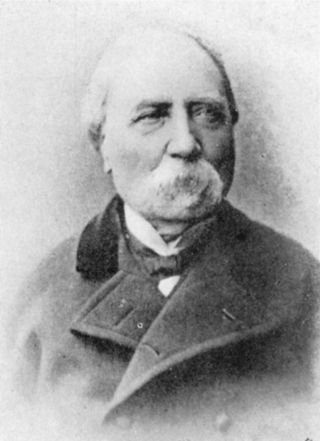
Pierre-Hippolyte Lucas was a French entomologist.

François-Louis Nompar de Caumont Laporte, comte de Castelnau was a French naturalist, known also as François Laporte or Francis de Castelnau. The standard author abbreviation Castelnau is used to indicate him when citing a botanical name and zoological names other than insects. Laporte is typically used when citing an insect name, or Laporte de Castelnau.

Marc Ferro was a French historian.
Alain Demurger is a French historian, and a leading specialist of the history of the Knights Templar and the Crusades.
Steven Laurence Kaplan is professor emeritus and former Goldwin Smith Professor of European History in the Department of History at Cornell University. His primary fields of expertise are French history, the history of markets, economic regulation, and political economy, and the history of food, specifically the history of bread, the grain trade and provisioning.

Jean-Paul Roux, PhD was a French Turkologist and a specialist in Islamic culture.
André Dupont-Sommer was a French semitologist. He specialized in the history of Judaism around the beginning of the Common Era, and especially the Dead Sea Scrolls. He was a graduate of the Sorbonne and he taught at various institutions in France including the Collége de France (1963–1971) where he held the chair of Hebrew and Aramaic.

Charles Pierre Claret, comte de Fleurieu was a French Navy officer, explorer, hydrographer and politician. He served as Minister of the Navy under Louis XVI, and was a member of the Institut de France. He was brother to botanist Marc Antoine Louis Claret de La Tourrette.
Claude Calame is a Swiss writer on Greek mythology and the structure of mythic narrative from the perspective of a Hellenist trained in semiotics and ethnology (ethnopoetics) as well as philology. He was a professor of Greek language and literature at the University of Lausanne and is now Director of Studies at the School for Advanced Studies in the Social Sciences, in Paris. He taught also at the Universities of Urbino and Siena in Italy, and at Yale University in the US.
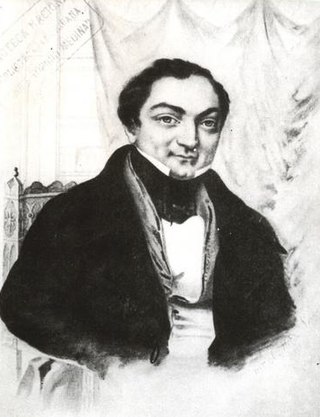
Henri Ternaux-Compans was a French historian.
Philippe Jacquin was a French anthropologist.
Léon Guérin (1807–1885) was a French author, poet, and naval historian.

Jean-Philippe Warren is a Canadian sociologist from Quebec.
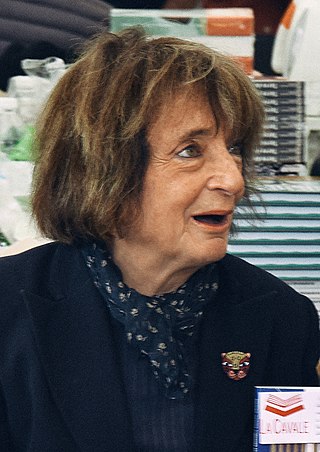
Monique Pinçon-Charlot is a French sociologist, research director at the French National Centre for Scientific Research (CNRS) until 2007, year of her retiring, attached to the Research Institute on Contemporary Societies/ l'Institut de recherche sur les sociétés contemporaines (IRESCO).
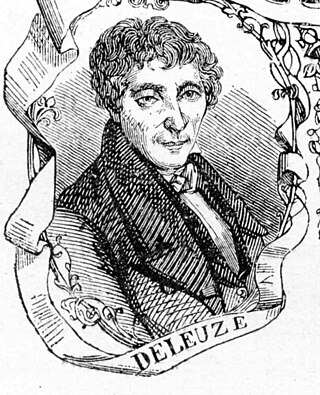
Joseph-Philippe-François Deleuze was an 18th–19th-century French naturalist.
Émile Servan-Schreiber was a French journalist. He was the co-founder of Les Échos. He was the author of several books.

Danièle Pistone is a French musicologist, emeritus professor at the University Paris Sorbonne 4.

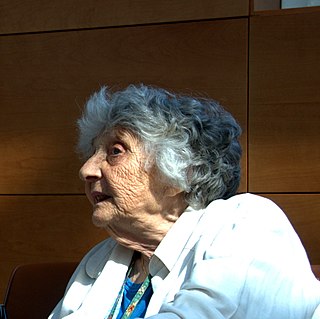
Anne Ancelin Schützenberger was a French psychologist and psychotherapist. During the Second World War she was a member of the French Resistance.
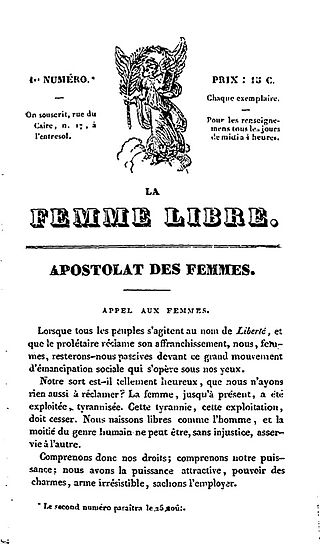
La Femme libre is the first title of a French newspaper published in 1832 by Marie-Reine Guindorf and Jeanne Desirée Véret Gay. It is the first French feminist journal produced and published solely by women.
References
- ↑ "SOUPEUR : Définition de SOUPEUR". www.cnrtl.fr. Retrieved 2016-09-19.
- ↑ ↑ Les Vespasiennes étaient connues pendant la première moitié du xxe siècle pour être des lieux de rencontre de marginaux et de pervers, raison pour laquelle elles furent presque toutes démolies, notamment à Paris. Voir à ce sujet l'ouvrage de Laud Humphreys, Le Commerce des pissotières : Pratiques anonymes dans l'Amérique des années 1960, La Découverte, 2005.
- ↑ "Archive copy". Archived from the original on 2014-08-11. Retrieved 2016-09-20.
{{cite web}}: CS1 maint: archived copy as title (link) - ↑ ↑ le One-two-two, établi au 122, rue de Provence, fut une des plus célèbres maisons closes de Paris.
- ↑ Cf. Martin Monestier, Les Poils, histoires et bizarreries, p. 260.